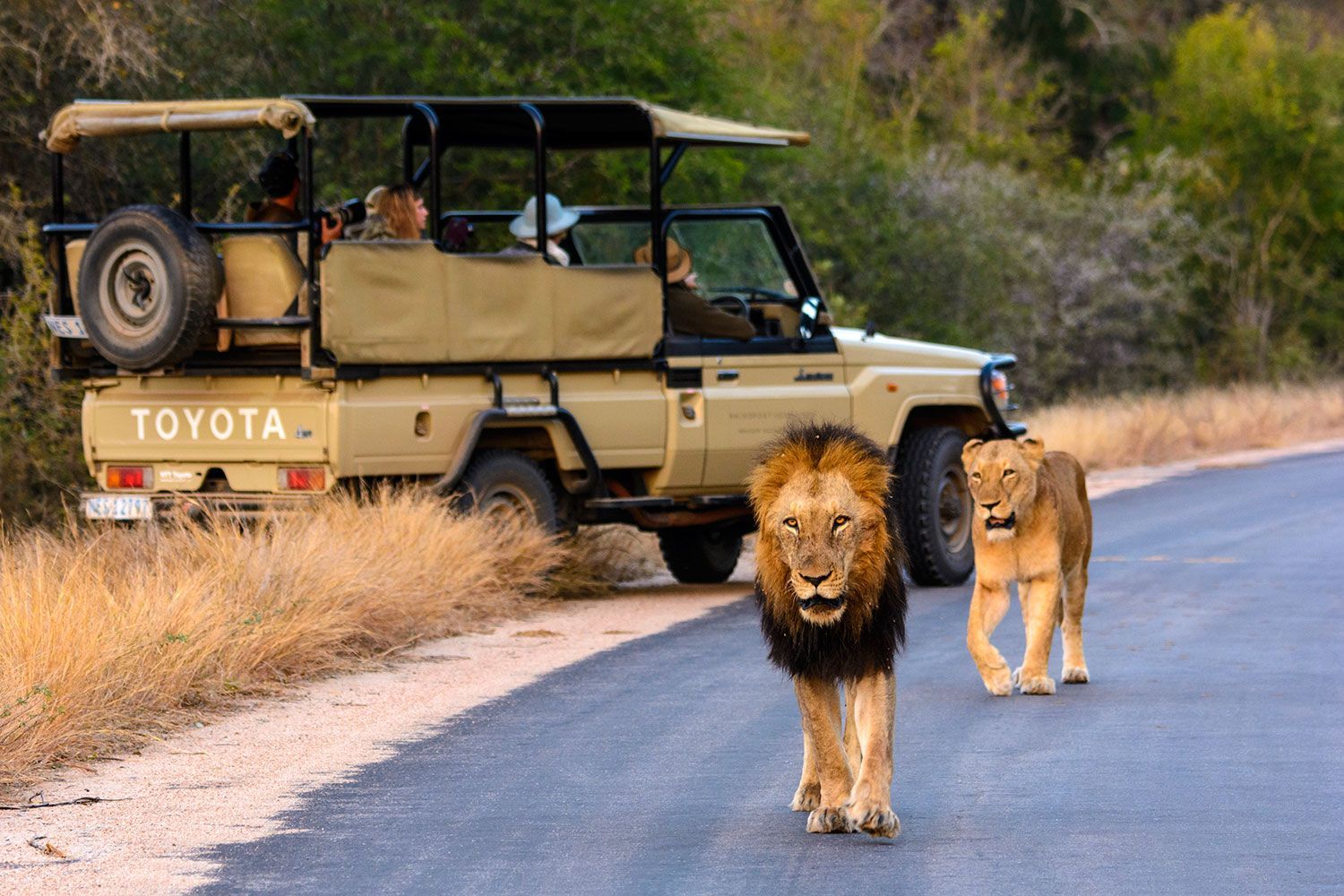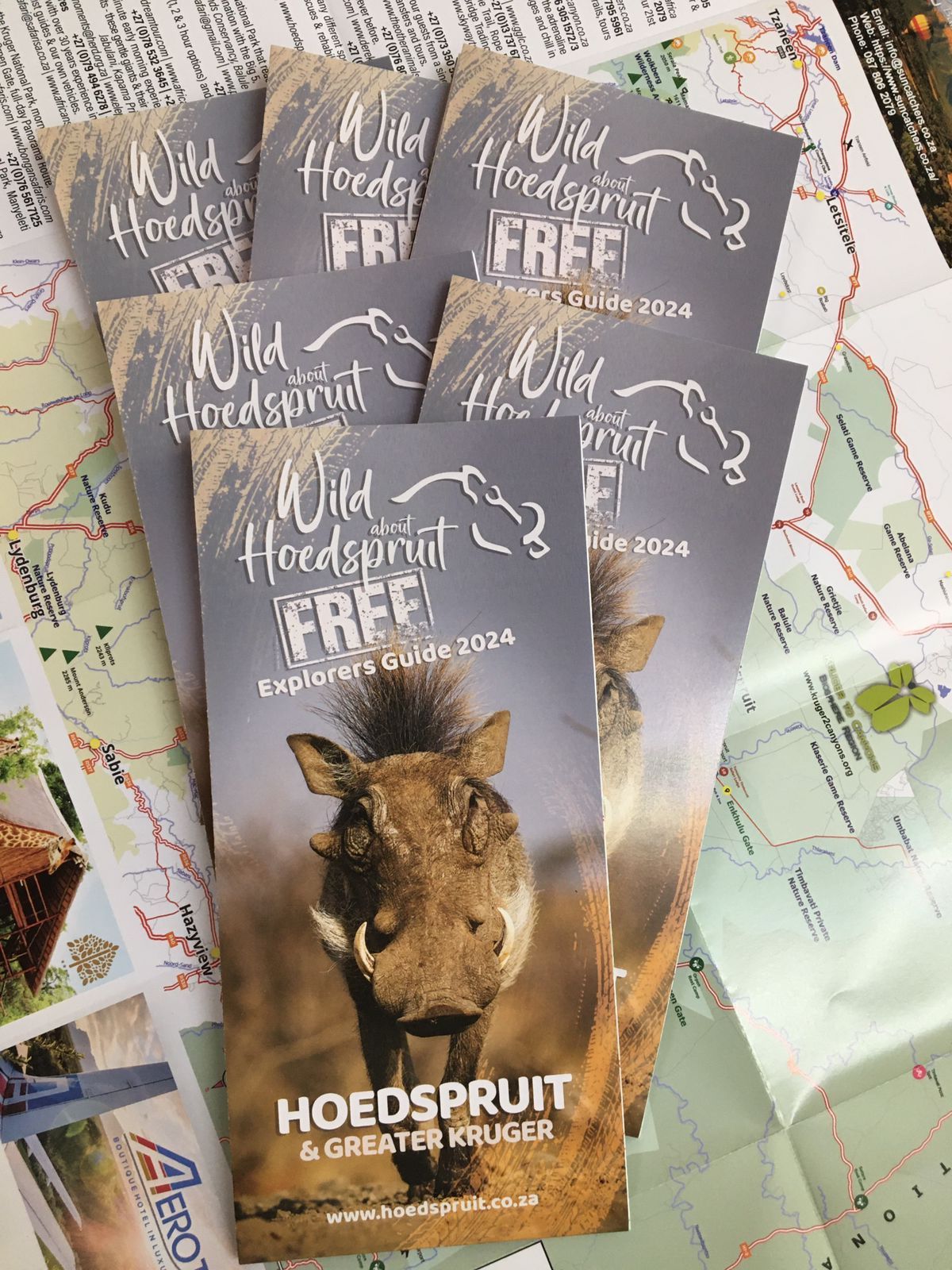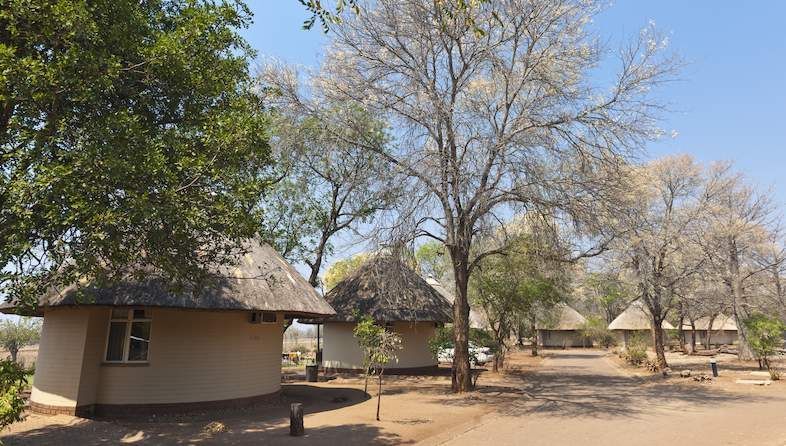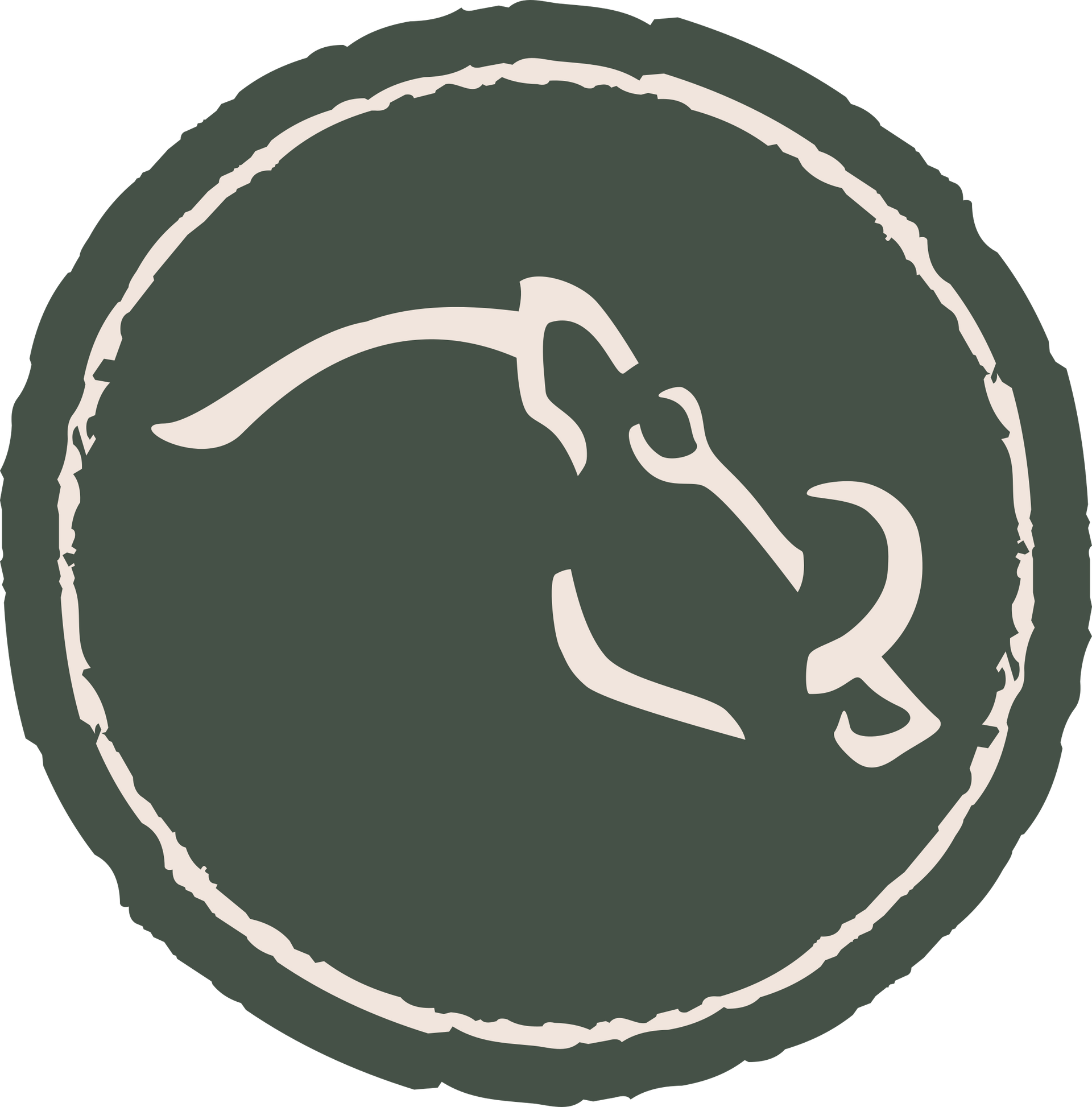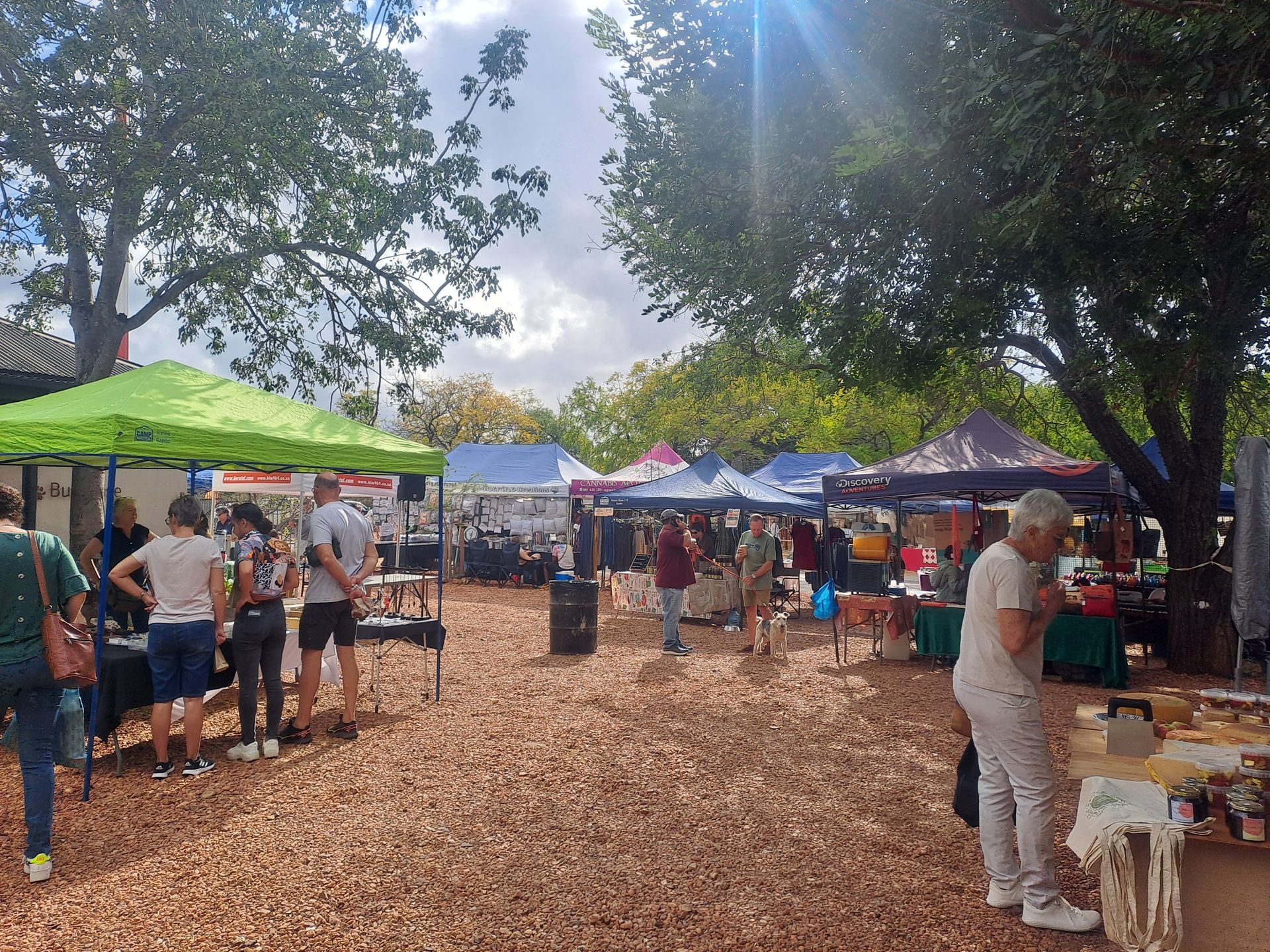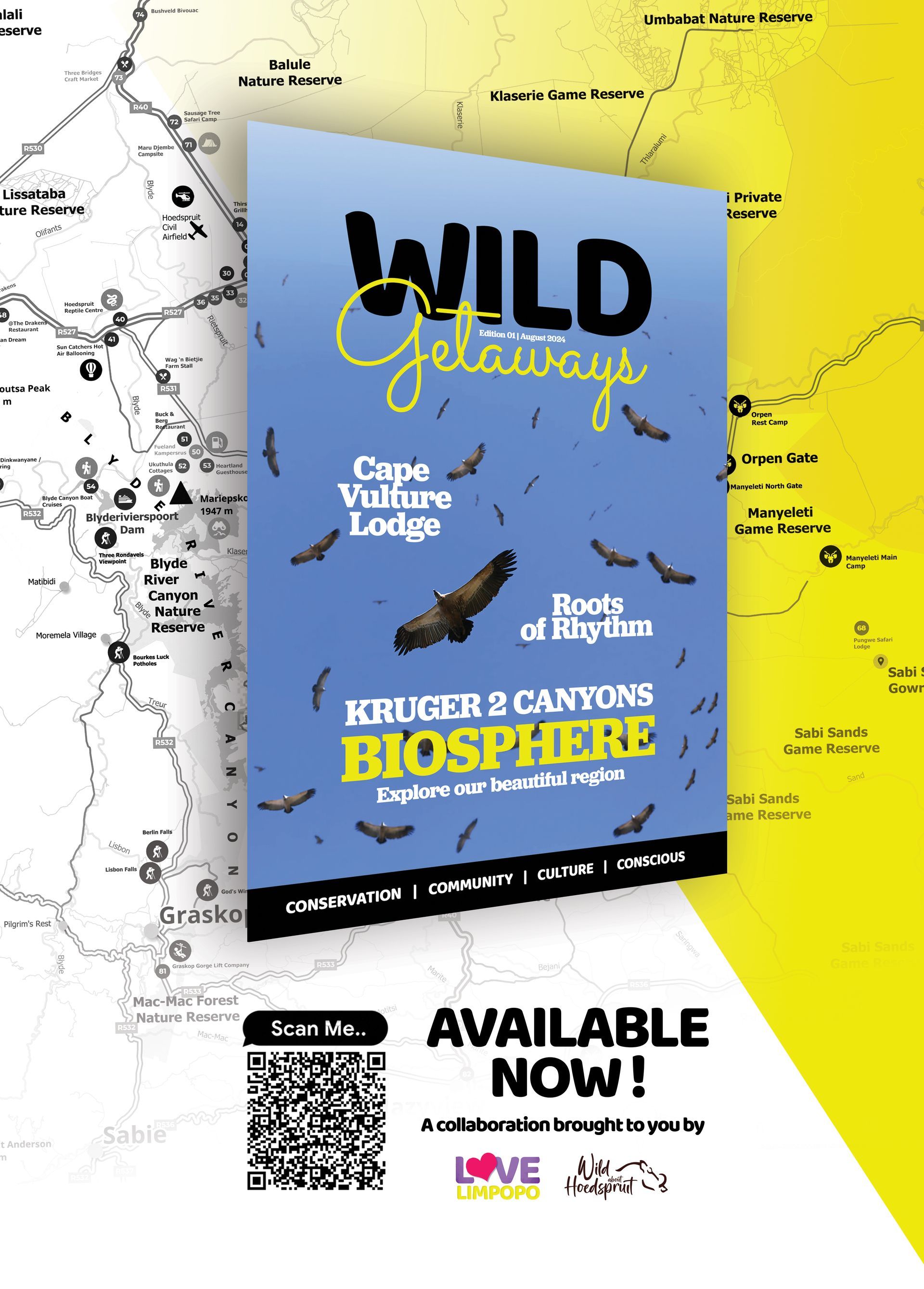Buffalo in Kruger National Park: A Complete Guide
The African buffalo, a formidable and iconic species, graces the landscapes of Kruger National Park with its majestic presence. Encounter with these mighty creatures is not just an observation of wildlife; it's a journey into the heart of the untamed.
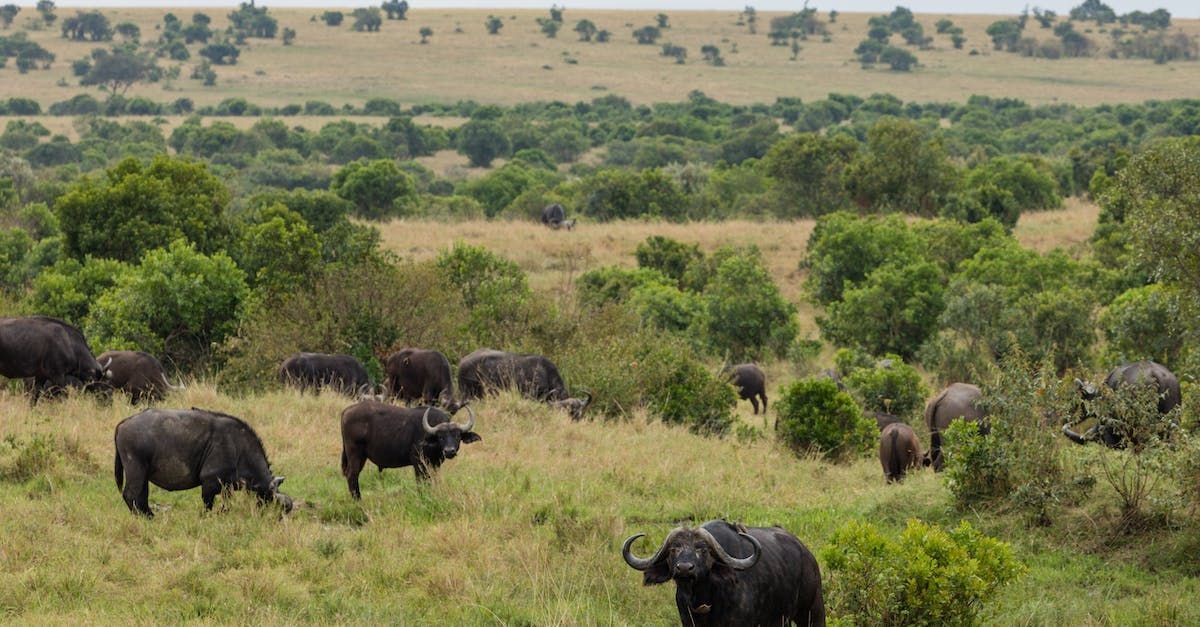
Why it's an Exciting Species to Encounter in Kruger
Buffalos, with their robust build and imposing horns, contribute to the allure of Kruger National Park. The thrill of witnessing a massive herd roaming freely in the wild adds a unique dimension to the safari experience.
Identification
Physical Characteristics
African buffalos are characterized by their large, stocky bodies and distinctive curved horns. Adult males, called bulls, carry thicker and more massive horns, while females have slightly smaller and more slender ones.
Unique Features for Easy Identification
Individual buffalos can be identified by the size, shape, and curvature of their horns. Scars and markings on their hides also contribute to the distinctiveness of each buffalo.
Fascinating Facts
Interesting and Lesser-Known Facts about the Animal
Buffalos are known for their resilience and toughness, often standing their ground against predators such as lions. They are also excellent swimmers and are capable of crossing rivers and lakes to find suitable grazing areas.
Its Role in the Ecosystem
Buffalos play a vital role in maintaining the balance of the ecosystem by shaping the landscape through grazing and seed dispersal. Their presence influences vegetation density, providing habitats for other species.
Habitat and Range
Where in Kruger Can You Find This Animal?
Buffalos are widely distributed throughout Kruger National Park, favoring a variety of habitats, including grasslands, woodlands, and savannas. They can often be spotted near water sources such as rivers and watering holes.
Preferred Habitats and Behaviors
Buffalos are predominantly grazers, feeding on grasses and herbs. They move in herds, ranging in size from a few individuals to large gatherings of hundreds, creating a spectacle that defines the African wilderness.
Best Times for Sighting
Seasonal Variations in Visibility
Dry seasons, from May to September, are ideal for buffalo sightings as they congregate around water sources. The reduced vegetation during this time enhances visibility, allowing for better observation.
Preferred Times of the Day
Buffalos are active throughout the day, but early mornings and late afternoons are optimal for game drives, as the softer light highlights their features and behaviors.
Behavior and Social Structure
Behavioral Patterns and Interactions
Buffalos exhibit a range of behaviors, from grazing peacefully to displaying aggressive postures when threatened. Their coordinated movements and mutual grooming contribute to the social fabric within the herd.
Social Dynamics if Applicable
Buffalo herds are led by a dominant female, and males often form smaller bachelor groups. The herd structure is integral to their survival, providing protection against predators.
Conservation Status
Current Conservation Status
Buffalos, while not currently classified as endangered, face threats such as habitat loss, diseases, and conflicts with humans. Conservation efforts aim to preserve their habitats and mitigate human-wildlife conflicts.
Any Particular Threats or Challenges the Species Faces
Habitat fragmentation, disease transmission from domestic livestock, and poaching are significant challenges for buffalo populations. Conservation initiatives focus on addressing these threats and ensuring the long-term survival of the species.
Tips for Spotting
Key Signs to Look For
Look for fresh tracks, dung, and wallows near water sources. The sounds of grunts and the sight of dust clouds created during grooming sessions are indicators of nearby buffalo herds.
Popular Regions within Kruger for Sightings
The central and southern regions of Kruger, including areas around Lower Sabie and Satara, are renowned for buffalo sightings. Watering holes and open grasslands are key locations to spot these magnificent creatures.
Buffalos, with their imposing presence and vital ecological role, are an integral part of the Kruger National Park experience. As visitors, let's appreciate their significance and observe these magnificent creatures with respect and responsibility.
Additional Resources
Wild About Kruger
Explore the Wild About Kruger series, your comprehensive source for discovering the magic of Kruger National Park from the hub of Hoedspruit. Here, we delve into all you need to know, from incredible wildlife experiences to insider insights and travel arrangements.
Share This Article
Quicklinks
Related Articles
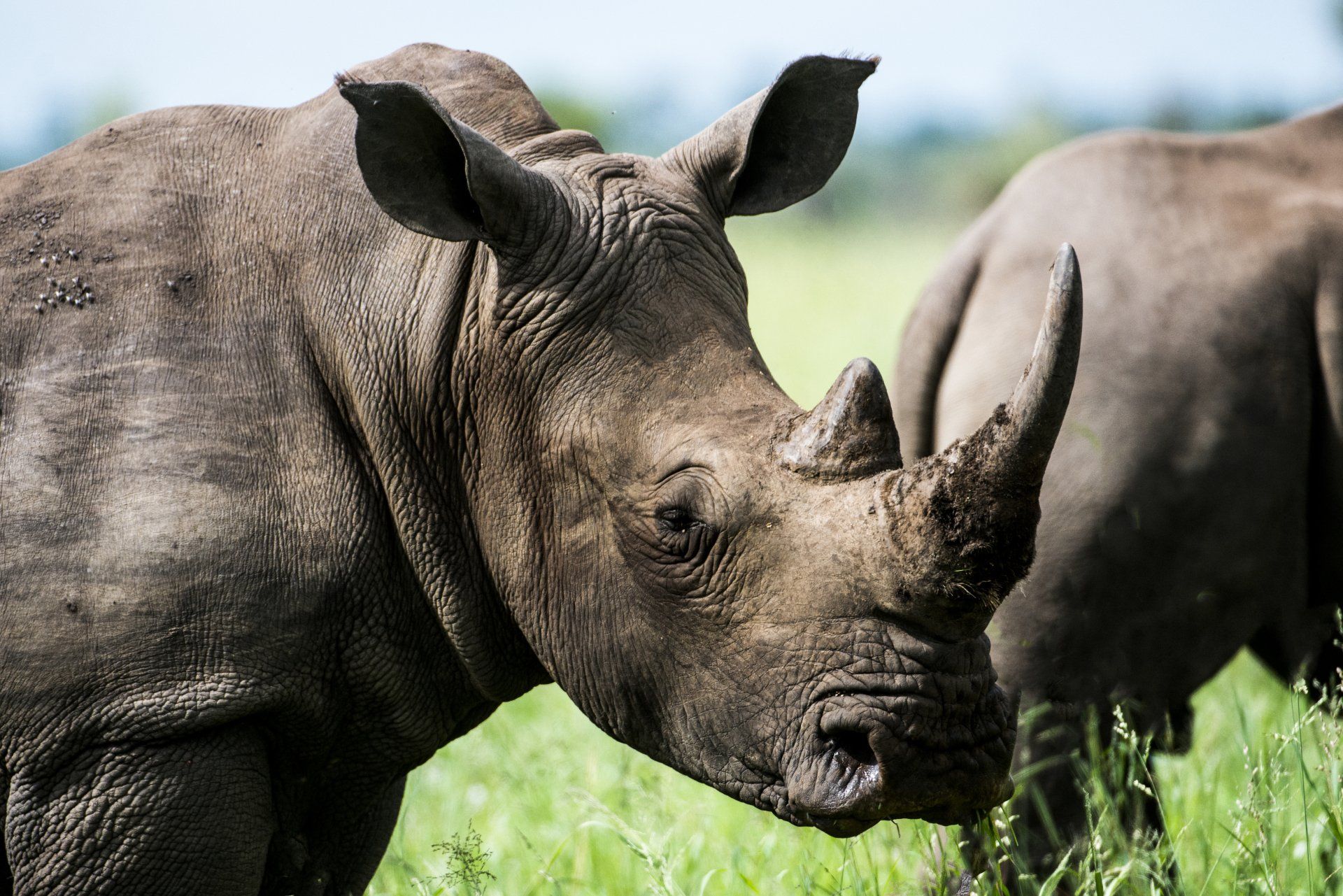
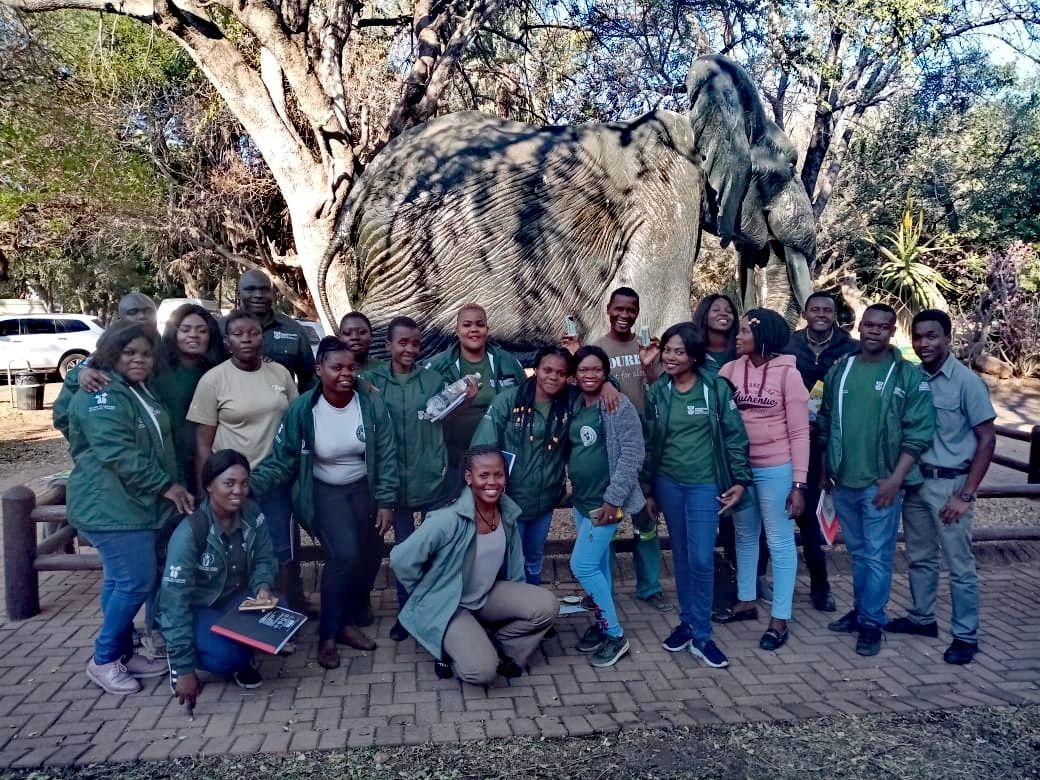
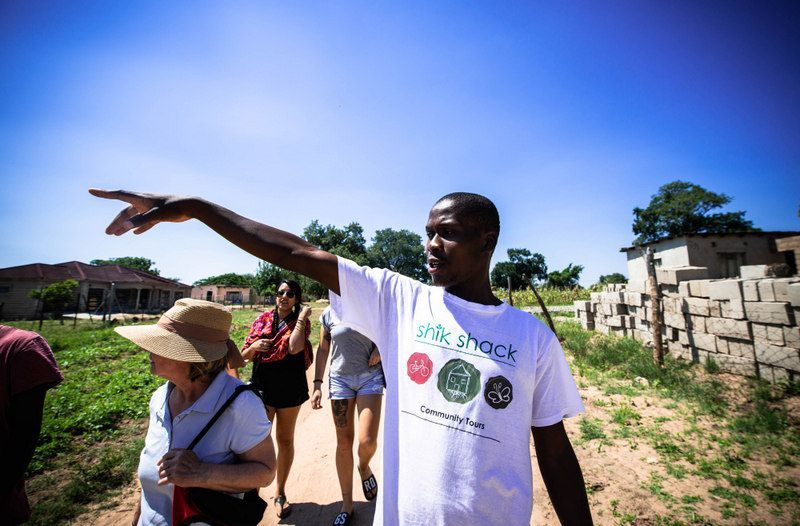
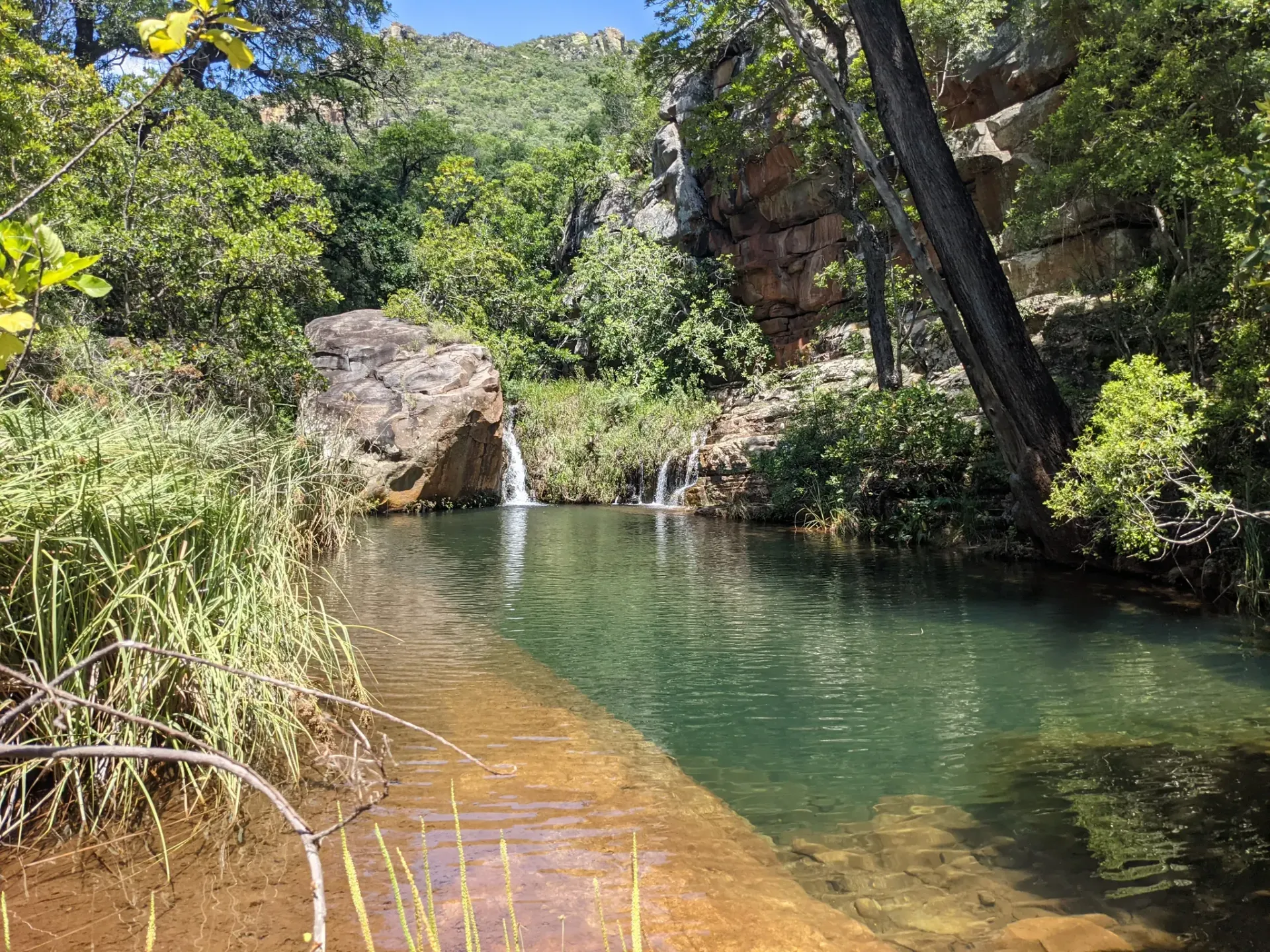



Hoedspruit Articles




